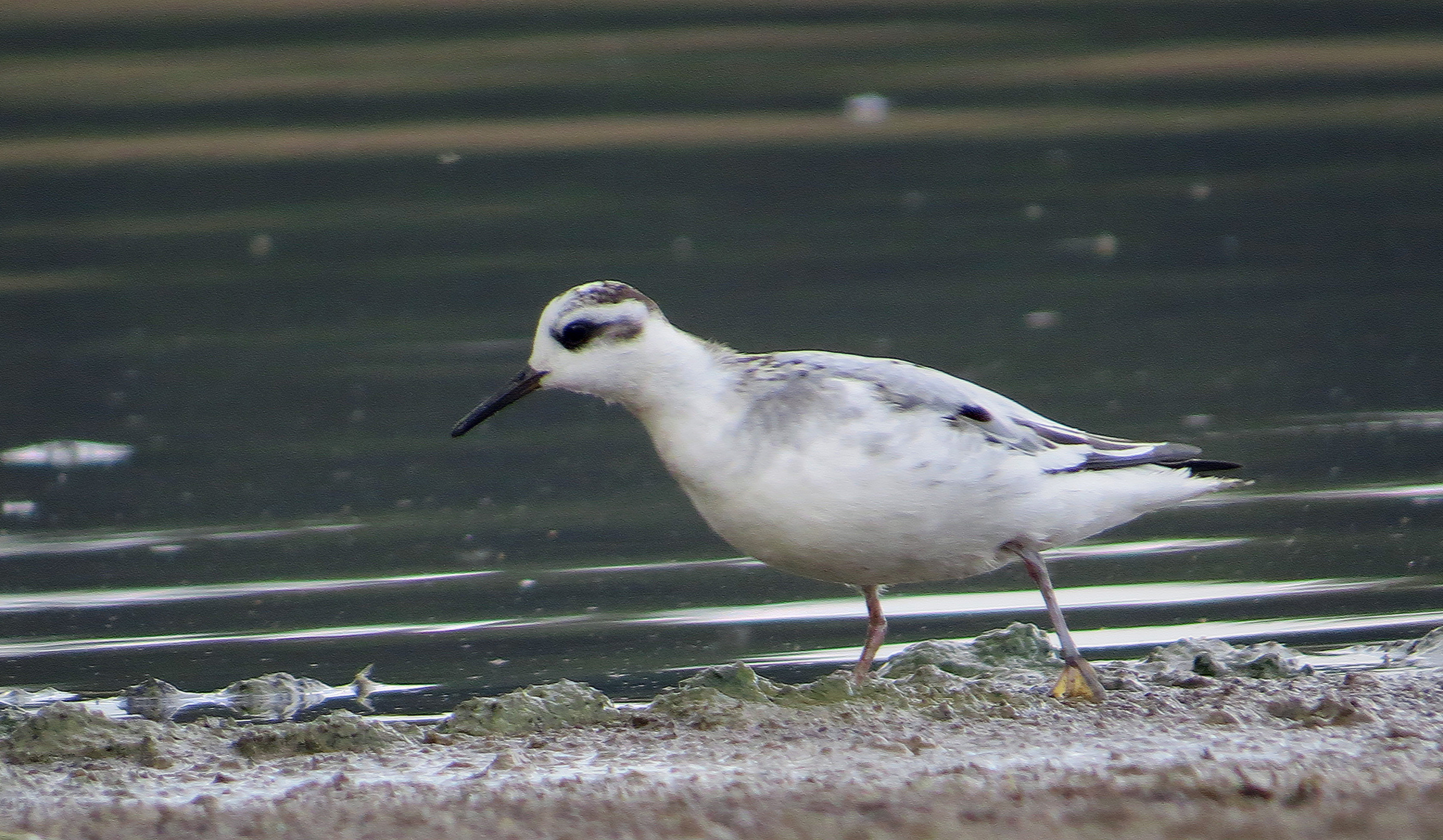One for the analytically-minded …
A Black-tailed Godwit has been present on the scrape at Summer Leys LNR since 22nd March and by all accounts, it’s still present today. Because of its rather drab colouration, it seems to have attracted little interest – after all, it’s not the type of super-rusty, spangled-mantled individual which usually finds favour with photographers. So, let’s take a closer look.

Its overall grey appearance suggests three main possibilities: it’s an adult which has not yet developed full summer plumage, it’s an adult which has attained summer plumage but remains largely grey, or it’s a first-summer which will not develop full summer plumage this year. It also raises the question, which race is it?
Probably 99.9% of the Black-tailed Godwits passing through Northants are of the Icelandic race, islandica. In full summer plumage they are extensively rusty below and spangled rusty-chestnut and gold on the upperparts – more so in males. The much rarer ‘Continental’ Black-tailed Godwit of the nominate race, limosa breeds in very small numbers in the UK, no further away than the Ouse Washes. They are less extensively and less intensively coloured, frequently being much greyer (especially females) and subtly structurally different, i.e. generally longer-legged, longer-necked, with broader-based, longer bills. For an excellent, detailed, in-depth analysis, see the definitive paper documenting 30 years of study by Mark Golley here.

So, on a closer examination of our Summer Leys bird, it becomes immediately apparent that it’s not uniform grey. There’s an area on the wing, which is lighter and zooming in through a telescope, this light area can be identified as very worn and faded coverts, which look quite pointed and ‘tatty’. These are old juvenile coverts, which may be retained for up to 12 months, becoming worn, while the remainder of the body plumage is, in comparison, fresh, non-juvenile plumage. The tertials are similarly worn.

This puts the bird in the first-summer age group, which will not have developed conventional adult summer plumage. Easy on good views. But what about race? That’s a little more tricky. As far as structure is concerned, the legs are largely hidden (although the tibia looks short), the neck and bill do not seem overly long, nor does the bill look particularly broad-based, although from different angles all these features appear to vary, as evidenced in the accompanying images. On balance it does not stand out as being an obviously large, lanky individual. However, it may be a male – which is smaller and shorter-billed than a female.


Though assessing the structure is tricky, the clue lies in the plumage. Zooming in again reveals the feather colouring of the few adult-type feathers which have emerged on the scapulars being the rather orangey/gold and black of islandica – versus the pale yellowish and black of limosa – and there is even one very ‘chestnutty’ one showing, while those on the breast, where colour is visible, are rather dark rufous-chestnut instead of limosa’s paler rusty wash.

So, after a bit of detective work, there we have it: first-summer Icelandic Black-tailed Godwit. There’ll no doubt be many more of these godwits to come as we move deeper into spring and early summer.










 I quickly made my way to the point and, after putting the news out, started to watch and video it, keeping a safe distance so as not to disturb it. I needn’t have bothered. I was soon joined by Cathy Ryden and we were then dismayed to witness a crew of noisy young rowers cruising alarmingly close to the phalarope, at which point it was spooked and promptly vanished. Fortunately, Cathy relocated it later in the afternoon and it remained on site until at least mid-morning today.
I quickly made my way to the point and, after putting the news out, started to watch and video it, keeping a safe distance so as not to disturb it. I needn’t have bothered. I was soon joined by Cathy Ryden and we were then dismayed to witness a crew of noisy young rowers cruising alarmingly close to the phalarope, at which point it was spooked and promptly vanished. Fortunately, Cathy relocated it later in the afternoon and it remained on site until at least mid-morning today.














